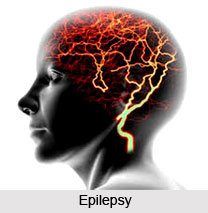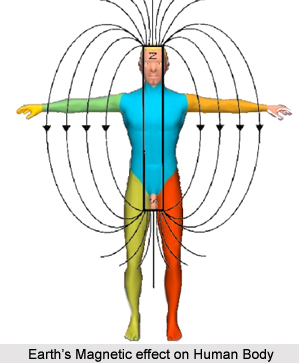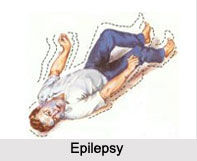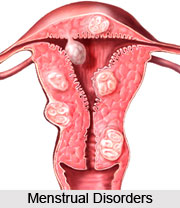 Epilepsy is a disorder that affects the nervous system of an individual. It is a neurological condition and can be of different types. Each epileptic syndrome is characterized by a specific set of symptoms. These syndromes are often named for their symptoms or for the part of the brain where they originate. Epilepsy is categorized according to the symptoms or by the position in the brain where the symptoms originate. Each type of epilepsy has diverse behavioral effects and is treated with different methods. Epilepsy is caused by various factors. The most common is known to be hereditary. In addition to that many epilepsy syndromes also originate in childhood or even in infancy. The common types of epilepsy include absence epilepsy, psychomotor epilepsy, temporal lobe epilepsy, frontal lobe epilepsy, occipital lobe epilepsy and parietal lobe epilepsy. Other varieties of epilepsy also exist depending on the seizures.
Epilepsy is a disorder that affects the nervous system of an individual. It is a neurological condition and can be of different types. Each epileptic syndrome is characterized by a specific set of symptoms. These syndromes are often named for their symptoms or for the part of the brain where they originate. Epilepsy is categorized according to the symptoms or by the position in the brain where the symptoms originate. Each type of epilepsy has diverse behavioral effects and is treated with different methods. Epilepsy is caused by various factors. The most common is known to be hereditary. In addition to that many epilepsy syndromes also originate in childhood or even in infancy. The common types of epilepsy include absence epilepsy, psychomotor epilepsy, temporal lobe epilepsy, frontal lobe epilepsy, occipital lobe epilepsy and parietal lobe epilepsy. Other varieties of epilepsy also exist depending on the seizures.
Absence epilepsy is one of the common types of epilepsy that have repeated absence seizures and result in momentary lapses of consciousness. It is a hereditary kind of disorder and the seizures always begin in childhood or adolescence. As this type run in the family, it is considered that the one of the causes of the absence epilepsy is due to a defective gene or genes. However, the seizures do not have a lasting effect on intelligence or other brain functions.
Psychomotor epilepsy is another term for Temporal lobe epilepsy or TLE. This common epilepsy syndrome occurs due to recurrent partial seizures. This disorder is termed as psychomotor as it refers to the strange sensations, emotions and behavior seen with these seizures. The temporal lobe is located close to the ear. It is the part of the brain where smell is processed and where the choice is made to express a thought or remain silent. TLE often begins in childhood and it is proved that repeated TLE can damage the hippocampus, certain brain structures. It is among the types of epilepsy that requires early and as effectively treatment as soon as possible.
Among the types of epilepsy, Frontal lobes Epilepsy causes a cluster of short seizures that start and stop suddenly. The symptoms depend upon the part of the frontal lobe whch is affected. Frontal lobe of the brain lies behind the forehead. These are the largest of the five lobes and are the centers that control personality and higher thought processes, including language and speech. Many subtypes of frontal lobe seizures are known to exist.
Other types of epilepsy include Occipital Lobe Epilepsy and Parietal Lobe Epilepsy. The occipital lobe lies at the back of the skull. Occipital lobe epilepsy is like frontal and temporal lobe epilepsies and in this type, the seizures usually begin with visual hallucinations, rapid blinking, and other symptoms related to the eyes. Parietal Lobe Epilepsy depends on the Parietal Lobe that lies between the frontal and temporal lobes. Parietal lobe epilepsy is similar to other types and parietal lobe seizures tend to spread to other areas of the brain.
There are numerous Epilepsy syndromes and they are classified in five different ways. The classification depends by their first cause (or etiology), by the observable manifestations of the seizures, known as semiology, by the location in the brain where the seizures originate, as a part of discrete, identifiable medical syndromes and by the event that triggers the seizures, as in primary reading epilepsy or musicogenic epilepsy. In most cases several types of epilepsy begin in infancy. One of the most common types of epilepsy seen in infants is infantile spasms. Moreover, a few infants may also suffer from seizures from as early as six months.




















